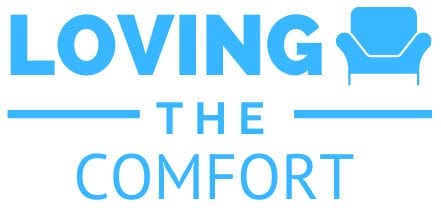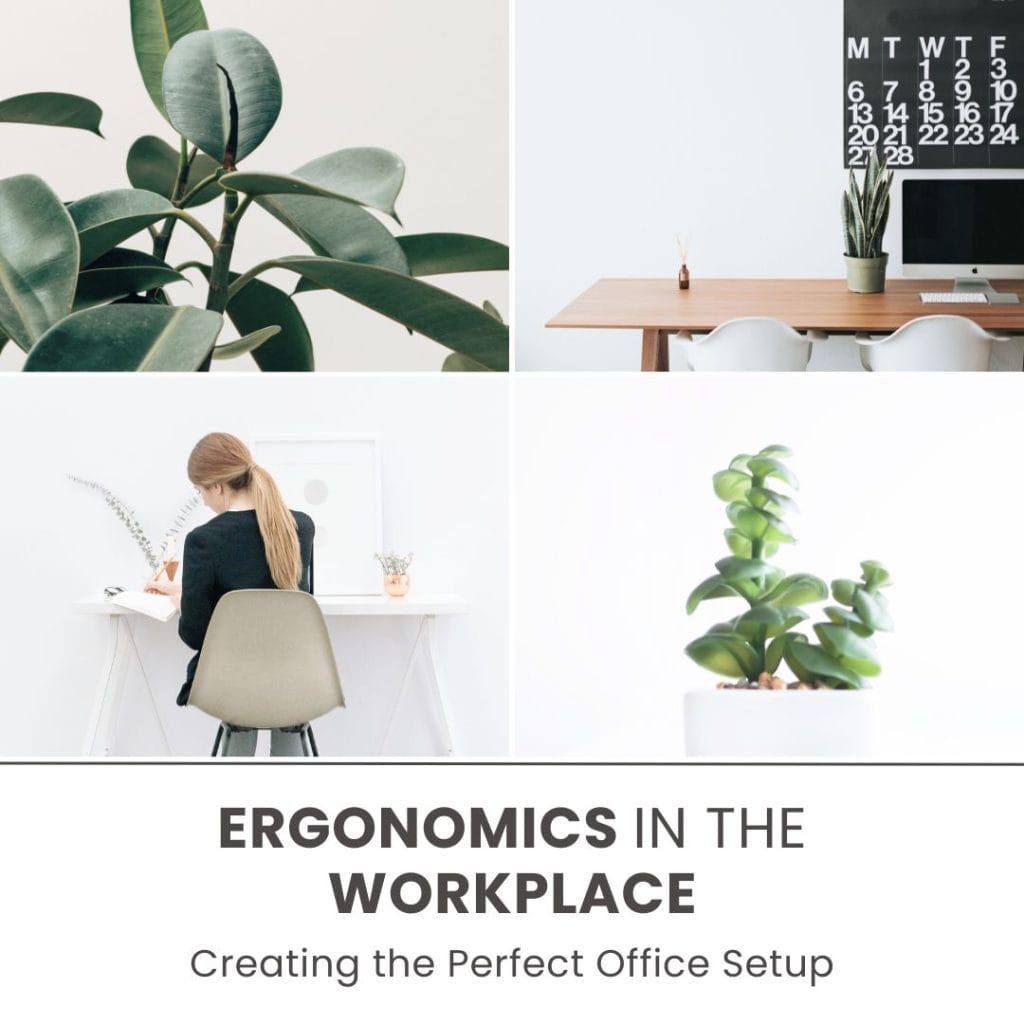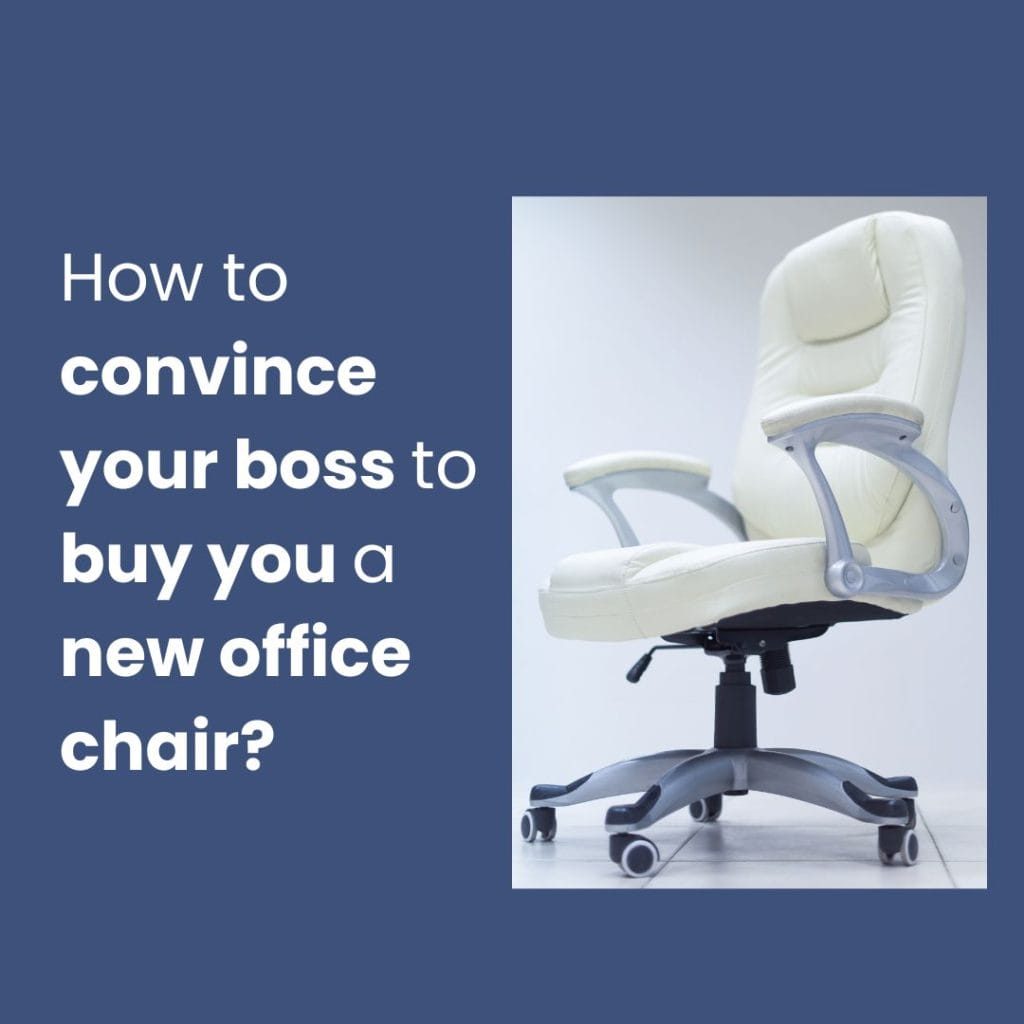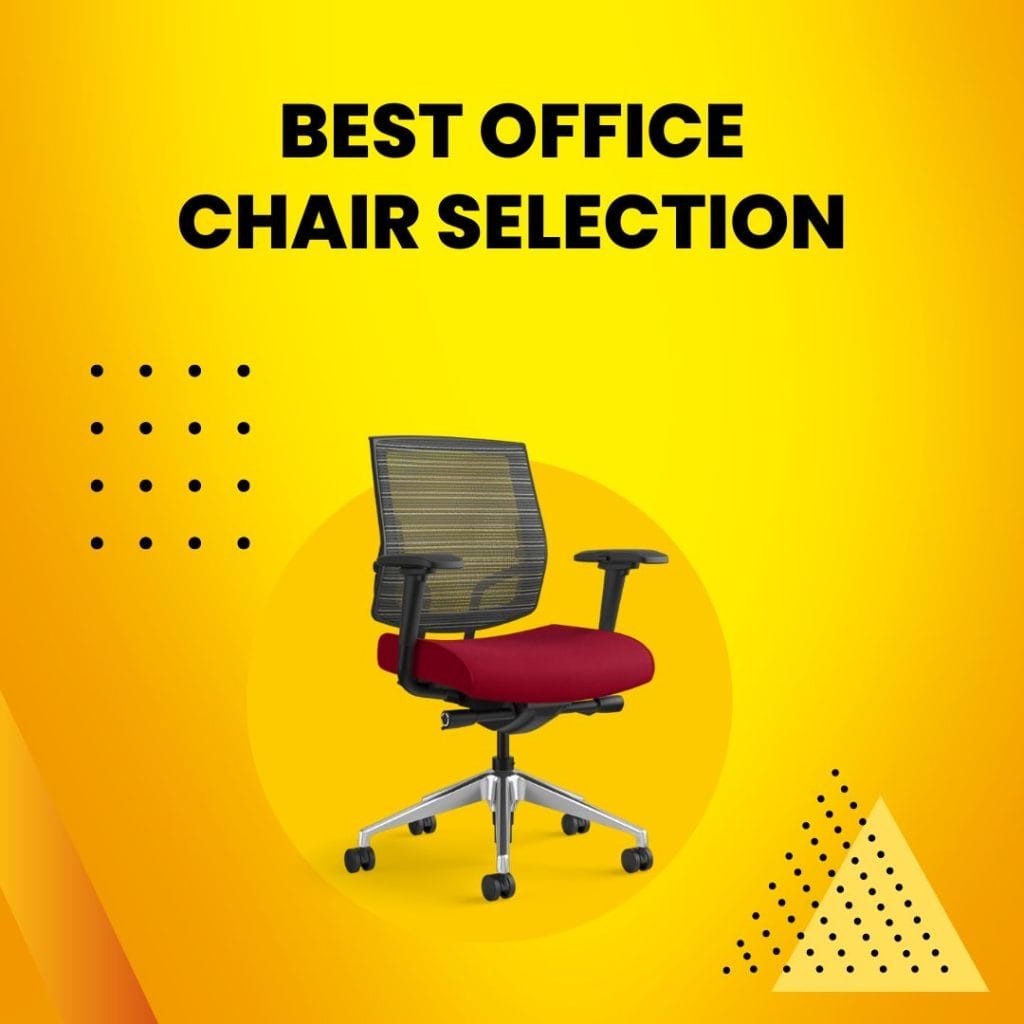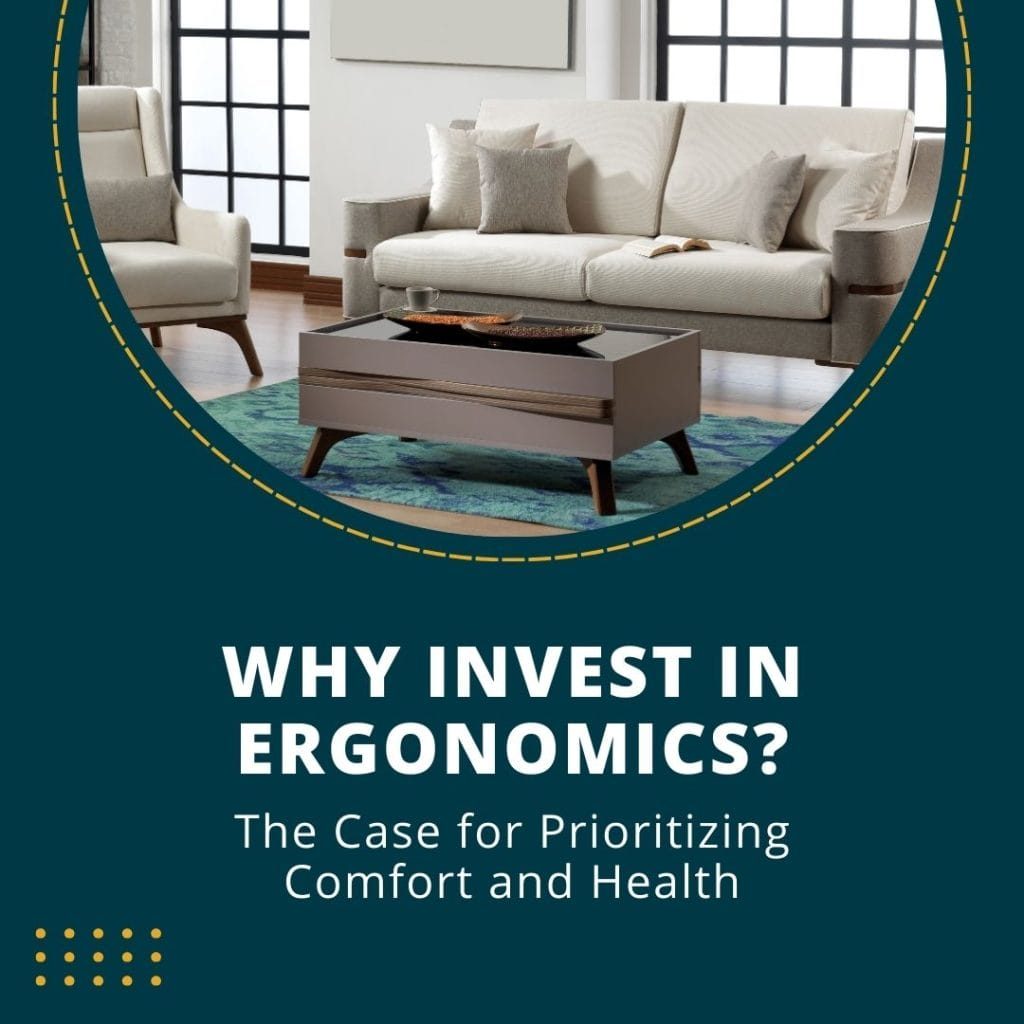Standing desks have emerged as a popular alternative to their traditional seated counterparts in office ergonomics. Touted as a panacea for the health issues associated with prolonged sitting, these innovative workstations have gained considerable traction. However, as with any trend, separating the hype from the reality is crucial. Let’s delve into the world of standing desks, assessing their potential benefits and drawbacks to help you decide whether they could be valuable to your workspace.
Why the Hype: The Growing Popularity of Standing Desks
The hype around standing desks revolves around their proposed benefits to health and productivity. With increasing research linking prolonged sitting to health complications such as obesity, diabetes, and heart disease, standing desks are deceptively simple solutions that encourage upright posture and regular movement. They are believed to combat sedentary behavior, prevalent in office environments and help improve focus and cognitive function. The popularity of these desks has exponentially grown as companies and individuals strive to create healthier and more dynamic workspaces.
Technology Advancements in Ergonomic Furniture
This section refers to the technological innovations integrated into ergonomic furniture, including standing desks, to enhance functionality and user comfort. It explores how technology has been harnessed to create adjustable, personalized workstations catering to diverse body types and working preferences. Moreover, these advancements also encompass features that promote physical health and well-being, such as reminders for posture correction and movement. Technological developments have propelled ergonomic furniture from static objects to interactive tools that actively contribute to workplace wellness.
The Pros: Benefits of Using Standing Desks
-
Improved Posture and Reduced Health Risks
Standing desks promote better posture, reducing strain on the lower back and neck commonly experienced with prolonged sitting. By standing, the spine’s natural curves are maintained, preventing musculoskeletal disorders that can cause chronic pain and discomfort.
-
Increased Calorie Burn and Weight Management
Standing burns more calories than sitting, aiding in weight management. Studies have shown that standing for at least an hour a day can burn 50 extra calories.
-
Enhanced Productivity
Standing desks have been linked to increased alertness and productivity due to improved blood flow and oxygen levels in the brain. Standing also promotes better focus and concentration, reducing
The Cons: Potential Drawbacks of Standing Desks
Initial Discomfort
Transitioning to standing can be uncomfortable for those used to sitting for long periods. Standing for extended periods can cause fatigue and discomfort in the legs and feet, especially for individuals with certain health conditions.
High Costs
Standing desks can be significantly more expensive than traditional desks, especially those with advanced technology and adjustable features. This cost may only be feasible for some individuals or companies.
Not a Complete Solution to Sedentary Lifestyle
Even with a standing desk, it’s essential to incorporate regular movement and exercise throughout the day. Standing without breaks or proper posture can also lead to health issues.
Conclusion
In conclusion, standing desks offer a compelling alternative to traditional desks, promising improved posture, enhanced calorie burn, and increased productivity. However, they are not without their drawbacks, including initial discomfort, higher costs, and the necessity of maintaining regular movement. As with any significant change, it’s crucial to carefully consider both the benefits and potential downsides before deciding. While standing desks can contribute to a healthier and more dynamic work environment, they alone cannot completely mitigate the risks associated with a sedentary lifestyle. Ultimately, the efficacy of a standing desk will largely depend on its correct usage and integration into a broader commitment to workplace wellness.
